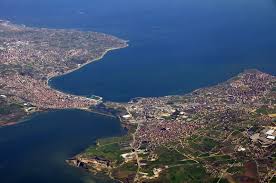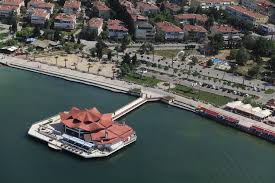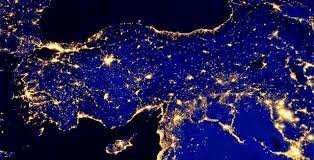GREECE
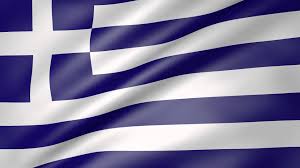
Greece - Pieria - Platon

ITALY
ITALY is the 72nd largest nation in the world with a population of 60 million or more and the nation has a density of 208 people per square kilometer. The capital city is Rome. Major cities are Florence, Milan, Naples, and Venice. The spoken language is Italian. Not surprisingly, Italy is the home of the greatest number of UNESCO World Heritage sites in the world. It is also famous worldwide for its delicious cuisine, its trendy fashions, luxury sports cars and motorcycles, as well as for its many beautiful coasts, alpine lakes and mountains (the Alps and Apennines).

PORTUGAL


Portugal is a country on the Iberian Peninsula, in Southwestern Europe. It is the westernmost country of mainland Europe. To the west and south it is bordered by the Atlantic Ocean and to the east and north by Spain. The Portugal–Spain border is 1,214 kilometres (754 miles) long and considered the longest uninterrupted border within the European Union. The republic also includes the Atlantic archipelagos of the Azores and Madeira, both autonomous regions with their own regional governments.
Portugal is a developed country with a high-income advanced economy and a high living standard. It is the 5th most peaceful country in the world, maintaining a unitary semi-presidential republican form of government.

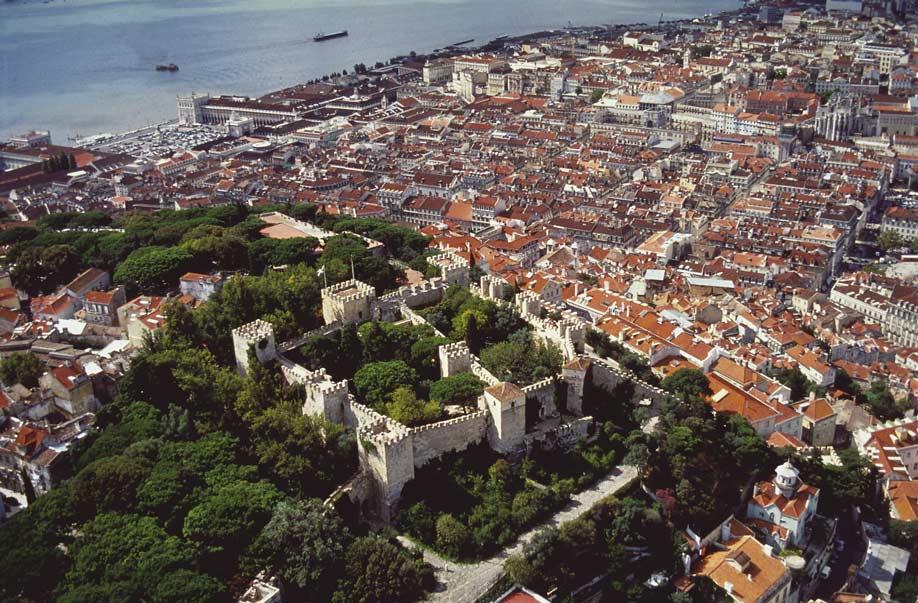

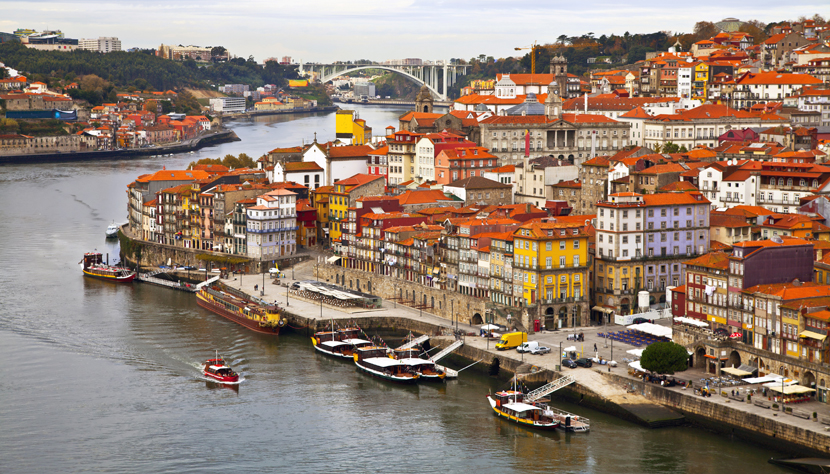

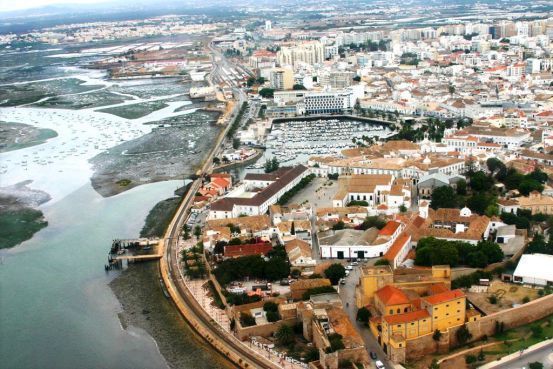
The 18 districts of mainland Portugal are: Aveiro, Beja, Braga, Bragança, Castelo Branco, Coimbra, Évora, Faro, Guarda, Leiria, Lisbon (the Capital), Portalegre, Porto, Santarém, Setúbal, Viana do Castelo, Vila Real and Viseu – each district takes the name of the district capital.
The Statistics Portugal estimates that, according to the last census, the population was 10,862,178 (of which 52% was female, 48% was male).
Portugal is defined as a Mediterranean climate according to the Köppen-Geiger Climate Classification, and is one of the warmest European countries: the annual average temperature in mainland Portugal varies from 8–12 °C (46.4–53.6 °F) in the mountainous interior north to 16–19 °C (60.8–66.2 °F) in the south and on the Guadiana river basin. The Algarve, separated from the Alentejo region by mountains reaching up to 900 metres (3,000 ft) in Alto de Fóia, has a climate similar to that of the southern coastal areas of Spain or Southwest Australia.
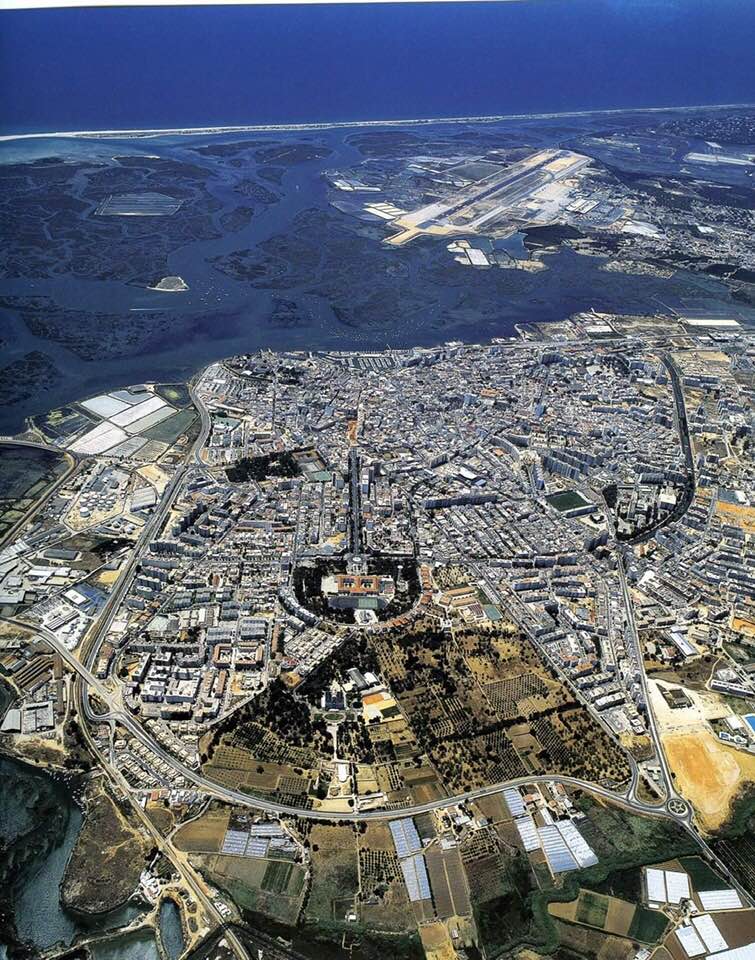
It was during the Roman period that this region developed and gained standing. It was then known as Civitas Ossobonensis, with its borders stretching to where modern Tavira lies, and included a number of towns with specific productive, rural and maritime functions.
This historical past come from interpreting archaeological finds made in the city which can now be seen in the Infante D. Henrique (Prince Henry the Navigator) Archaeological Museum, and the Milreu Ruins to be found in the suburbs of Faro.
In the 9th century, the town was renamed Saint Mary Ibn Harun after the Arab family that governed the region. The name, would result in Faro. Throughout the period of Muslim rule, Christian religious practices were allowed, hence "Saint Mary" remained as part of the name. In addition to archaeological remains from that period, the Arab Gateway (part of the Arco da Vila (Town Arch)) recalls one of the entries into the walled centre, known as Vila-Adentro (Inner Town).
Vila-Adentro would be definitively returned to Christian rule in 1249, during the reign of Afonso III. The Sé Cathedral would be built on the site of the former Mosque and the walls, reinforced to highlight new rulers had taken over.
In the 16th century, Faro became an important trading centre on the Algarve, a role it kept up throughout centuries. It became a city in 1540 and the Bishopdom formerly located in Silves was relocated to Faro. Many of the city's religious monuments date from that period reflecting the economic wealth in the artistic grace of the Church of Misericórdia (Compassion) and the convents of Saint Francis, Nossa Senhora da Assunção (Our Lady of the Assumption - now the Infante D. Henrique Archaeological Museum), of Santiago Maior and of Saint Anthony of Capuchin.
In the 19th century, Faro was administratively reorganised, centralising regional powers and, along with its role in the regional economy, became one of the most important cities in the Algarve. The nobility and bourgeois contributed to this urban renovation building palace-like residences. the wealthier families built second homes on the outskirts. These include the impressive Palace of Estói.
In addition to the architectural heritage already described, a wander around Faro must also include a family visit to the Museum of Living Science, with its interesting range of activities especially for the younger visitors.
On the outskirts of the city, the sheer beauty of the Ria Formosa Natural Park ensures it is well worth a visit.
ROMANIA
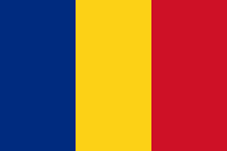
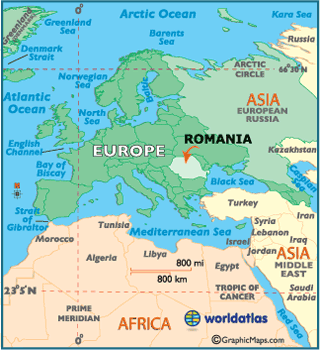
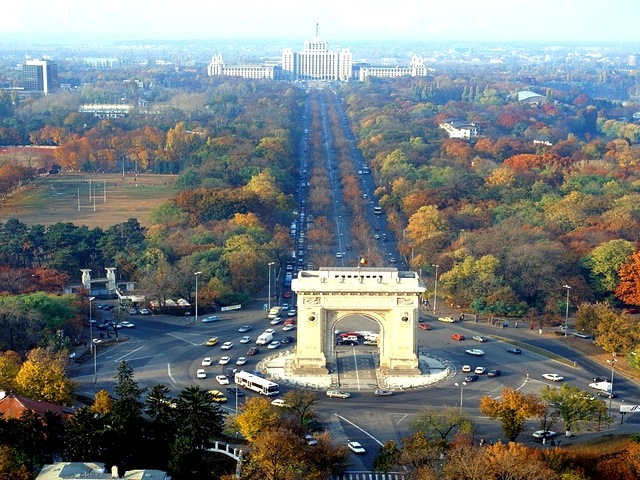
https://en.wikipedia.org/wiki/Romania


TURKEY

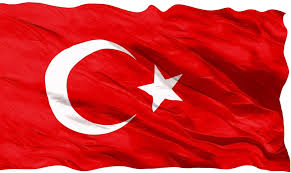
Turkey, officially the Republic of Turkey is a transcontinental country in Eurasia, mainly on the Anatolian peninsula in Western Asia, with a smaller portion on the Balkan peninsula in Southeast Europe. Turkey is a democratic, secular, unitary, parliamentary republic with a diverse cultural heritage.
Turkey is bordered by eight countries: Greece to the west; Bulgaria to the northwest; Georgia to the northeast; Armenia, the Azerbaijani exclave of Nakhchivan and Iran to the east; and Iraq and Syria and to the south. The Aegean Sea is to the west, the Black Sea to the north, and the Mediterranean Sea to the south. The Bosphorus, the Sea of Marmara, and the Dardanelles, which together form the Turkish Straits, divide Thrace and Anatolia; they also separate Europe and Asia. Turkey's location between Europe and Asia has retained its geopolitical and strategic importance throughout history.
According to the Address-Based Population Recording System of Turkey, the country's population was 74.7 million people in 2011, nearly three-quarters of whom lived in towns and cities.
Our city, Istanbul, historically known as Constantinople and Byzantium, is the most populous city in Turkey and the country's economic, cultural and historic center. Istanbul is a transcontinental city in Eurasia, straddling the Bosphorus strait (which separates Europe and Asia ) between the Sea of Marmara and the Back Sea.
Büyükçekmece is a districtand municipality in the suburbs of Istanbul, Turkey on the Sea of Marmara coast of the European side, west of the city. It is largely an industrial area with a population of 380,000.
Buyukcekmece Buyukcekmece
